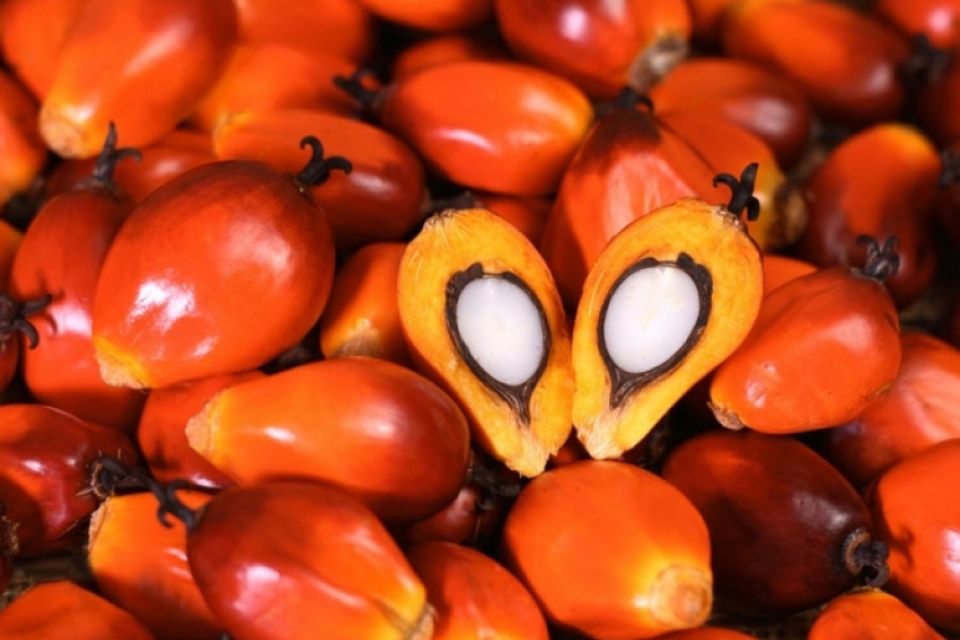Demystifying Palm Oil
Cooking oils have always been a topic of heated discussion. They’re all high in fat, but each oil is composed of different types of fat and all behave differently when used in recipes. One oil is not superior to all—each have their place in our pantries and serve their cooking purposes. One oil in particular seems to be running on people’s brains as of late, and that is palm oil.
Palm oil comes from the fruit of oil palm trees, found in the warm humid climates of West Africa, Asia, and South America. Two products on the market, red palm oil and palm kernel oil, are quite distinct from each other. Palm kernel oil, as its name would suggest, is derived from the palm seed while red palm oil is the unrefined oil that comes from the pulp of the palm fruit. Most similar to coconut oil (coconut trees are technically a member of the palm family), palm oil is higher in saturated fats than other plant fats and may be solid or semi-solid at room temperature, but less so than palm kernel oil. Palm kernel oil is most commonly associated with the commercial and processed foods industry as the higher percentage of saturated fats makes it more shelf-stable. While palm kernel oil would be best to avoid due to how heavily processed it is, palm oil is a useful cooking ingredient.
Confused when you’re shopping? An easy way to tell what you’re buying is the color of the product. The healthier choice of palm oil will have a reddish-orange color, an indicator of the heart-healthy carotenoids it contains. The chart below offers a clear picture of the fat make-up of each of the oils mentioned.
(It is important to note that industrial palm oil consumption is associated with heavy deforestation that has a large impact on the environment. You can look for environmentally-conscious companies that source their oil responsibly. We carry Nutiva, which partners with Natural Habitats to ensure that no deforestation or habitat destruction occured in the growing or harvesting of the palm oil.)
Why do we use palm oil in some of our recipes?
Most of our recipes that call for palm oil are recipes from regions of West and Central Africa where palm oil is commonly utilized. The flavor contributes to taste of place and can be utilized for high heat cooking and hearty stews.
What oil is the healthiest?
This post has explained the differences between palm oil, palm kernel oil, and coconut oil, but there are so many additional oils to choose from! All oils have different fatty acid compositions, and having a variety is best. An important point to make note of is the temperature at which you’re cooking. You don’t want your oils to reach their smoke points (this is when the oil actually starts to break down and smoke). So, keep your delicate olive oils and low-smoke-point oils for dressings and light sautéing, while keeping higher smoke point oils for grilling and frying.
